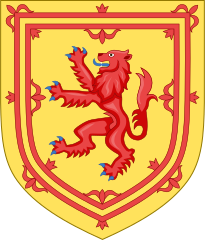Opener


anyway, here it is;
a TLP TL!
I present;
An Exchange of Lions for Swans!




thanks, this is the first TL I've had the time and ability to dointeresting beginning


The irony isnt lost on me, but I do descend from a female plantagenet a long way up the old family tree!A bit ironic that your name is @The_Last_Plantagenet and your TL involves the Plantagenets dying out........
Just a second, wouldn't Eddie have some cousins lying around?The irony isnt lost on me, but I do descend from a female plantagenet a long way up the old family tree!
sadly none with claims that are as decent as Elizabeths, or they are illegitimate, so Elizabeth will be the last ruling plantagenet.Just a second, wouldn't Eddie have some cousins lying around?
WotR time!
I did mention that Thomas was one of those killed in the York Place DisasterThomas, earl of Lancaster would be a male line Plantagenet claimant( ironic), and would probably raise his claim(it's not like he ruled England in his nephew's name or anything lol)